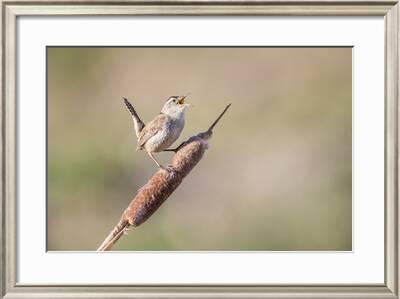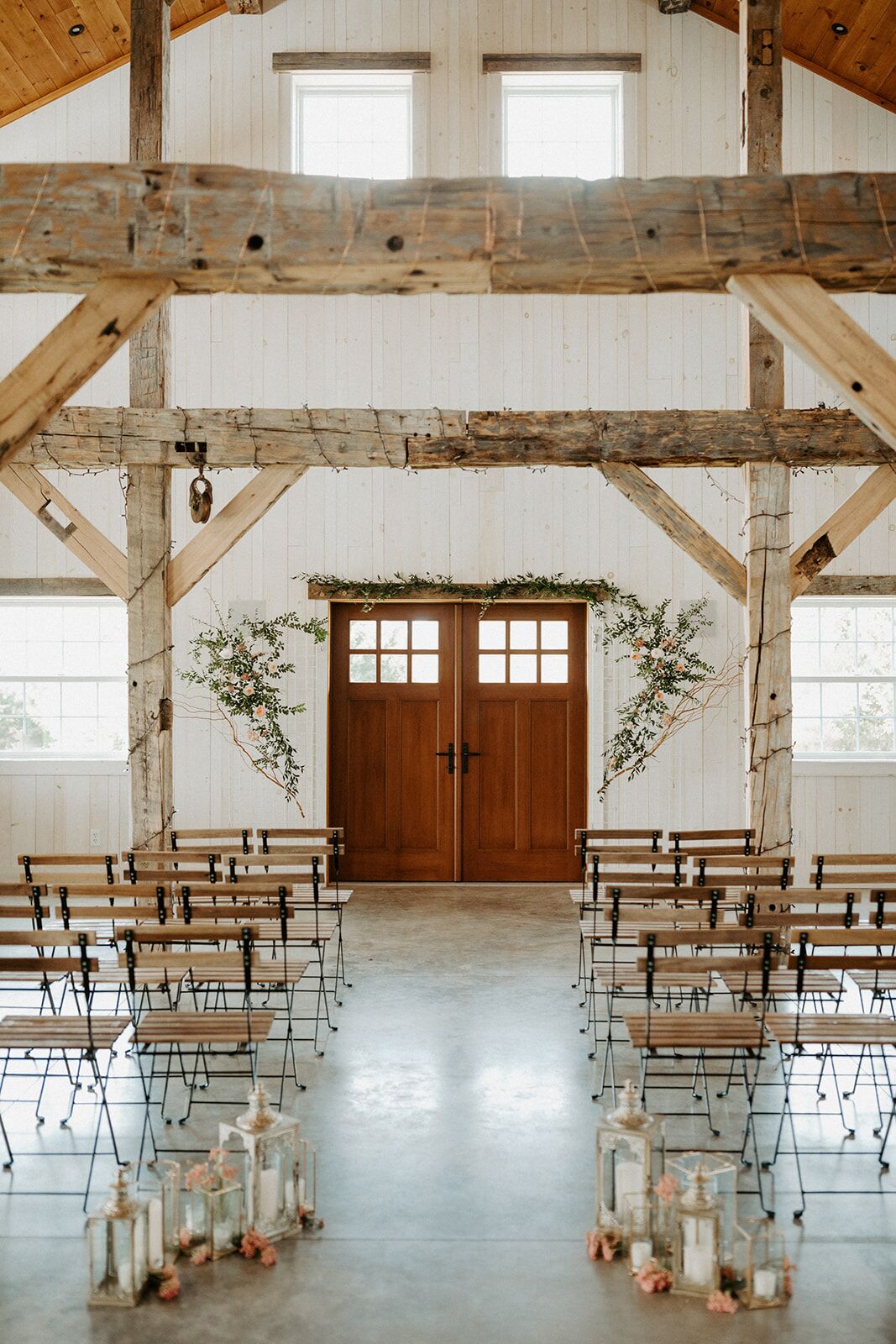Rand Stables, York, Maine. Training, Showing, Sales of World Champion Morgan Horses. Italian Song Wartime Melody Mare Blue Unicorn Stables Sept '12 Belle Soliel Beata Maria Mare Quiet Meadows Ranch Sept '12 Tide Walker Classy Heart Stallion Seven Oaks Acres Nov '12.
| Look up stable in Wiktionary, the free dictionary. |

Wrongs Wren Songwrenegade Stables Middletown

A stable is a building in which livestock, especially horses, are kept. It most commonly means a building that is divided into separate stalls for individual animals. There are many different types of stables in use today; the American-style barn, for instance, is a large barn with a door at each end and individual stalls inside or free-standing stables with top and bottom-opening doors. The term 'stable' is also used to describe a group of animals kept by one owner, regardless of housing or location.
The exterior design of a stable can vary widely, based on climate, building materials, historical period and cultural styles of architecture. A wide range of building materials can be used, including masonry (bricks or stone), wood and steel. Stables also range widely in size, from a small building housing one or two animals to facilities at agricultural shows or race tracks that can house hundreds of animals.
Wrongs Wren Songwrenegade Stables Blissfield
History[edit]
The stable is typically historically the second-oldest building type on the farm. The world’s oldest horse stables were discovered in the ancient city of Pi-Ramesses in Qantir, in Ancient Egypt, and were established by Ramesses II (c.1304-1213 BC). These stables covered approximately 182,986 square feet, had floors sloped for drainage, and could contain about 480 horses.[1]Free-standing stables began to be built from the 16th century. They were well built and placed near the house because these animals were highly valued and carefully maintained. They were once vital to the economy and an indicator of their owners' position in the community. Relatively few examples survive of complete interiors (i.e. with stalls, mangers and feed racks) from the mid-19th century or earlier.[2][3]
Traditionally, stables in Great Britain had a hayloft on their first (i.e. upper) floor and a pitching door at the front. Doors and windows were symmetrically arranged. Their interiors were divided into stalls and usually included a large stall for a foalingmare or sick horse. The floors were cobbled (or, later, bricked) and featured drainage channels. Outside steps to the first floor were common for farm hands to live in the building.[4][clarification needed]
Horses[edit]

For horses, stables are often part of a larger complex which includes trainers, vets and farriers.

Other uses[edit]
The word stable is also used metonymically to refer to the collection of horses that the building contains (for example, the college's stable includes a wide variety of breeds) and even, by extension, metaphorically to refer to a group of people—often (but not exclusively) athletes—trained, coached, supervised or managed by the same person or organisation. For example, art galleries typically refer to the artists they represent as their stable of artists. Analogously, car enthusiast magazines sometimes speak of collectible cars in this way, referring to the cars in a collector's stable (most especially when the metaphor can play on the word association of pony cars).
Wrongs Wren Songwrenegade Stables Colts Neck
Historically, the headquarters of a unit of cavalry, not simply their horses' accommodation, was known as a 'stable'.
Gallery[edit]
Traditional-style barn, built 1802, still used as a horse stable
A modest stable with a few stalls
A shed row-style stable at a riding club in Panama
Stables of the Einsiedeln Abbey, Switzerland
A horse stable, over 100 years old, still in use at Stanford University
A row-style stable of the Žabnik Stud in Žabnik at Sveti Martin na Muri, Croatia
See also[edit]
Media related to stables at Wikimedia Commons
- Horse care: barns and stables
References[edit]
- ^'Oldest horse stables'. Guinness World Records. Retrieved 2016-06-27.
- ^England, Historic. 'Historic Environment Local Management Training Programme - Historic England'. www.helm.org.uk. Retrieved 19 April 2018.
- ^The Conversion of Traditional Farm Buildings: A guide to good practice (English Heritage publication).
- ^'The Barn Guide by South Hams District Council'. southhams.gov.uk. Archived from the original on 14 July 2014. Retrieved 19 April 2018.

| Event | Date | Featured Artist(s) |
|---|---|---|
| Plain Brown Wrapper | 03/07/1972 | Plain Brown Wrapper |
| Plain Brown Wrapper | 04/25/1972 | Plain Brown Wrapper |
| Plain Brown Wrapper | 04/26/1972 | Plain Brown Wrapper |
| Plain Brown Wrapper | 04/27/1972 | Plain Brown Wrapper |
| Plain Brown Wrapper | 04/28/1972 | Plain Brown Wrapper |
| Plain Brown Wrapper | 04/29/1972 | Plain Brown Wrapper |
| Wylie | 05/23/1972 | Wylie |
| Wylie | 05/24/1972 | Wylie |
| Wylie | 05/25/1972 | Wylie |
| Wylie | 05/26/1972 | Wylie |
| Wylie | 05/27/1972 | Wylie |
| Plain Brown Wrapper | 06/20/1972 | Plain Brown Wrapper |
| Plain Brown Wrapper | 06/21/1972 | Plain Brown Wrapper |
| Plain Brown Wrapper | 06/22/1972 | Plain Brown Wrapper |
| Plain Brown Wrapper | 06/23/1972 | Plain Brown Wrapper |
| Plain Brown Wrapper | 06/24/1972 | Plain Brown Wrapper |
| Salem Witchcraft | 09/29/1972 | Salem Witchcraft |
| Salem Witchcraft | 09/30/1972 | Salem Witchcraft |
| Gold Rush | 10/06/1972 | Gold Rush |
| Gold Rush | 10/07/1972 | Gold Rush |
| Universe | 10/27/1972 | Universe |
| Diesel Smoke & Dangerous Curves | 01/22/1973 | Diesel Smoke & Dangerous Curves |
| Diesel Smoke & Dangerous Curves | 01/23/1973 | Diesel Smoke & Dangerous Curves |
| Diesel Smoke & Dangerous Curves | 01/24/1973 | Diesel Smoke & Dangerous Curves |
| Diesel Smoke & Dangerous Curves | 01/25/1973 | Diesel Smoke & Dangerous Curves |
